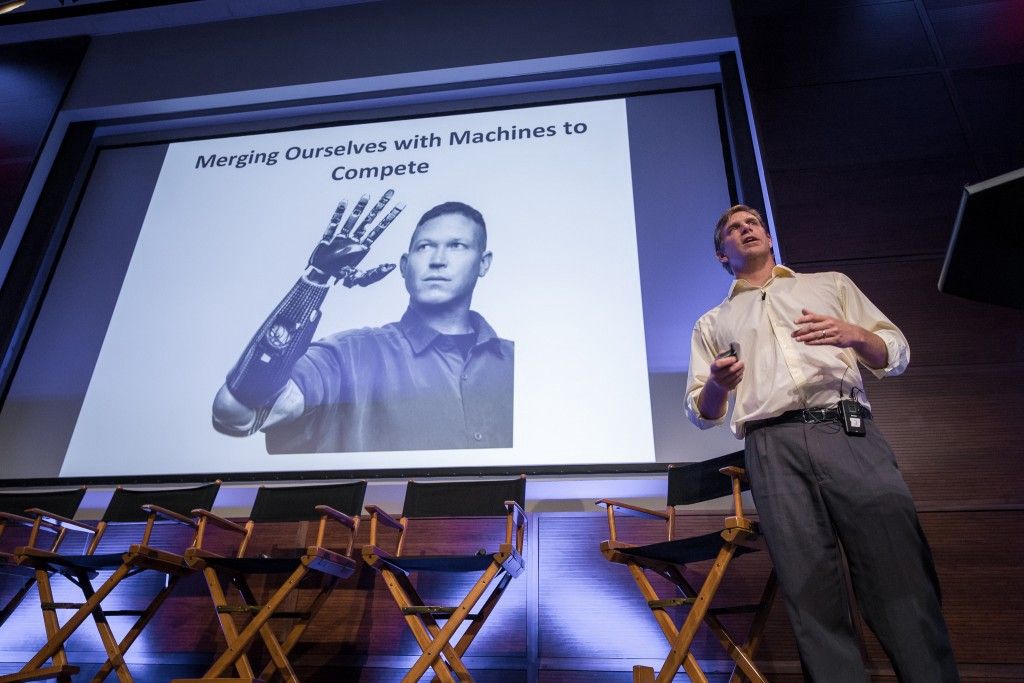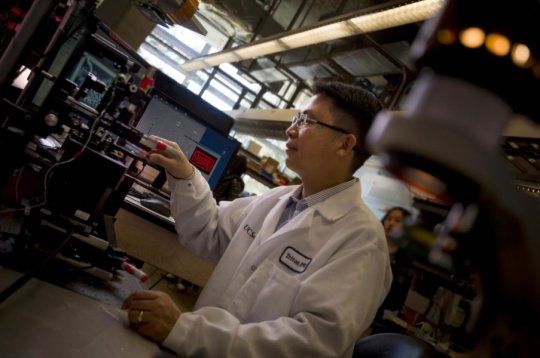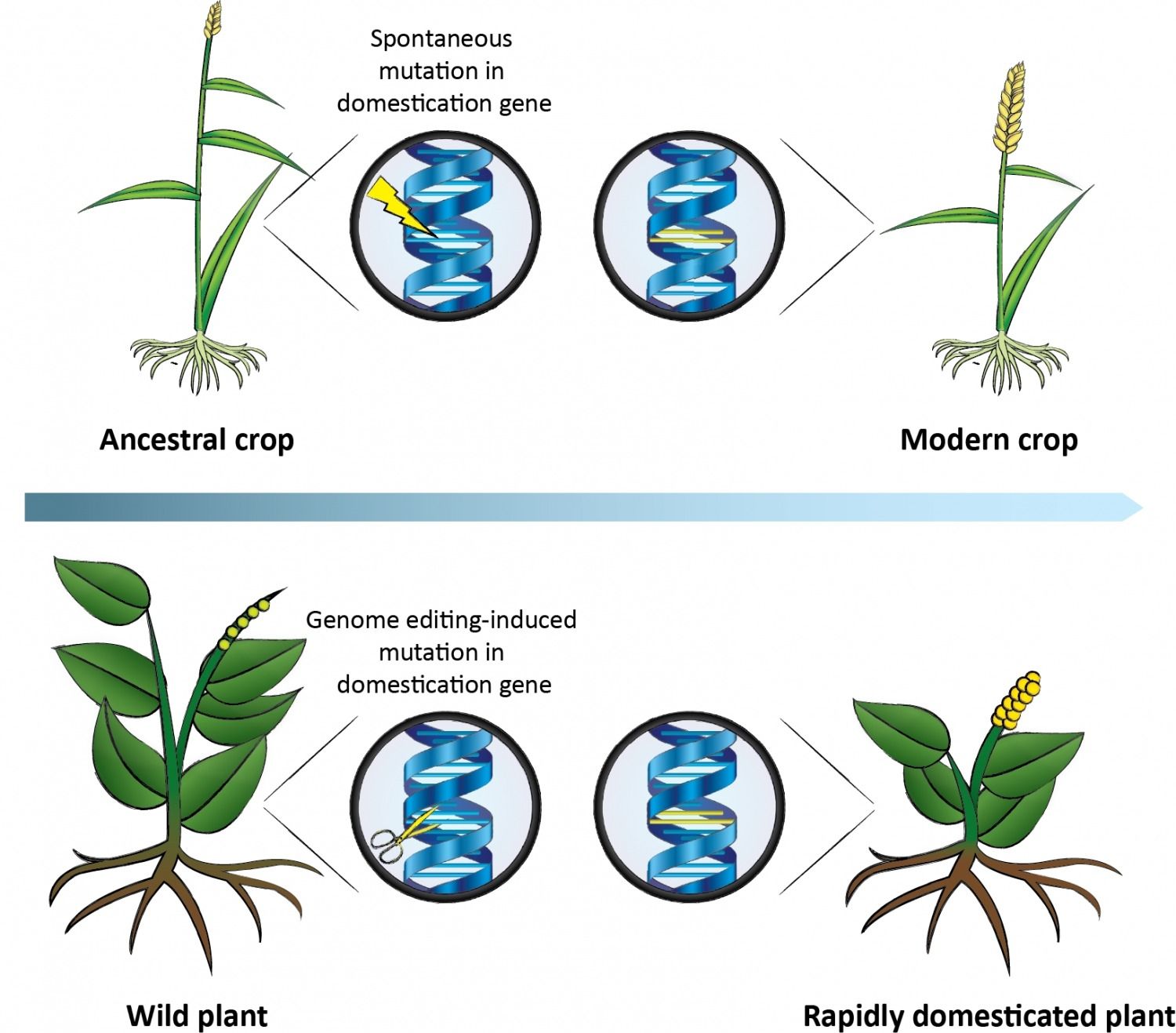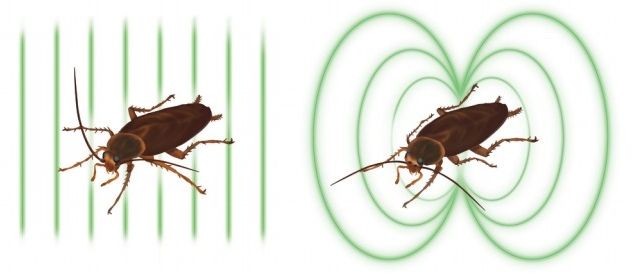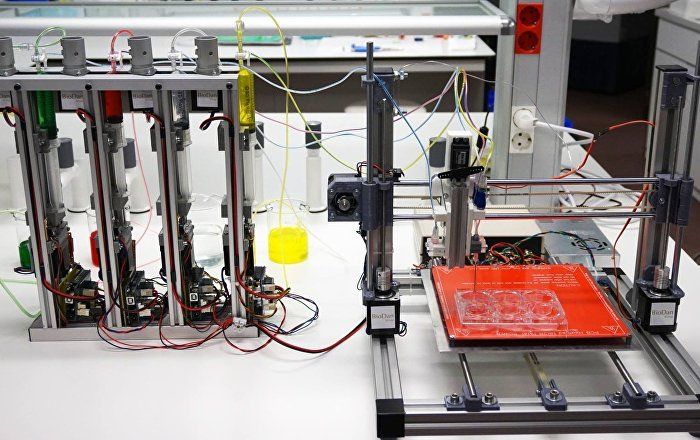I did a long-form interview on Medium’s Defiant of my run for California Governor. It covers many subjects (Trump, gene editing, basic income), as well as why I think technology is ready to change politics and governance forever:
By AJAI RAJ
Stop me if you’ve heard this one before. It’s 2015, and the ever-humming machinery of American presidential politics is picking up steam. The American political machine runs on steam, okay? It’s very old.
Out of the predictable, claustrophobic sameness of the political duopoly — with naked oligarchy on one side and an ostensibly friendlier, more diverse oligarchy on the other — emerges a candidate with some new ideas. Oh, maybe not completely new ideas, but wild ideas, fresh ideas, ideas long thought to be unpalatable to the American political mainstream.
Ideas like free college for everybody, a universal basic income, or UBI … and abolishing death once and for all.
